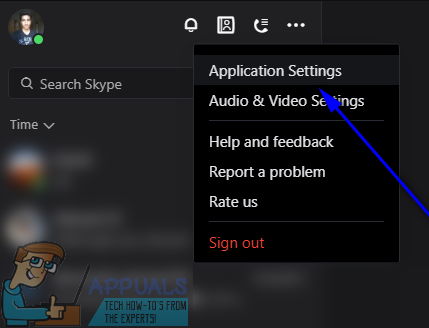

All other tradenames are the property of their respective owners.The following goes over joining into a Zoom meeting through Skype for Business/Lync on Lync 2010, Lync 2013, Office 365 and Skype for Business. WatchGuard and the WatchGuard logo are registered trademarks or trademarks of WatchGuard Technologies in the United States and/or other countries. If you have a high precedence policy that allows all DNS, you must configure the DNS policy to use the Application Control action that blocks Skype. Any Skype client on your network can identify a peer Skype node that is not blocked, and can use that peer to complete a Skype connection. If you create a policy to allow Skype for a specific group of users, Skype is not effectively blocked for other users. To effectively block Skype, you must block it for everyone on your network. You can do this when you edit each policy, or in the Policies section of the Application Control configuration.
Click OK to save the action for the Skype application.Īfter you configure the Application Control action to block Skype, you must apply this Application Control action to all policies in your configuration. Set the action for all behaviors to Drop.  From the list of applications, select the Skype application.Īpplication Control configuration in Fireware Web UIĪpplication Control configuration in Policy Manager. To quickly find the Skype application, type "Skype" in the search text box. Double-click the Application Control action you want to edit. Select Subscription Services > Application Control. To configure an Application Control action to block user logins to Skype: When you first configure Application Control to block Skype, any users that are already logged in to the Skype network are not blocked until they log off the Skype network, or restart their computers. If a remote user logs in to Skype when the computer is not connected to your network, and then the user connects to your network while the Skype client is still active, Application Control cannot block the Skype traffic until the user logs off the Skype network or restarts their computer. It cannot block traffic for a Skype client that has already logged in and has an active connection. It is important to understand that Application Control can only block the Skype login process. You can configure Application Control to block a user login to the Skype network.
From the list of applications, select the Skype application.Īpplication Control configuration in Fireware Web UIĪpplication Control configuration in Policy Manager. To quickly find the Skype application, type "Skype" in the search text box. Double-click the Application Control action you want to edit. Select Subscription Services > Application Control. To configure an Application Control action to block user logins to Skype: When you first configure Application Control to block Skype, any users that are already logged in to the Skype network are not blocked until they log off the Skype network, or restart their computers. If a remote user logs in to Skype when the computer is not connected to your network, and then the user connects to your network while the Skype client is still active, Application Control cannot block the Skype traffic until the user logs off the Skype network or restarts their computer. It cannot block traffic for a Skype client that has already logged in and has an active connection. It is important to understand that Application Control can only block the Skype login process. You can configure Application Control to block a user login to the Skype network.






 0 kommentar(er)
0 kommentar(er)
